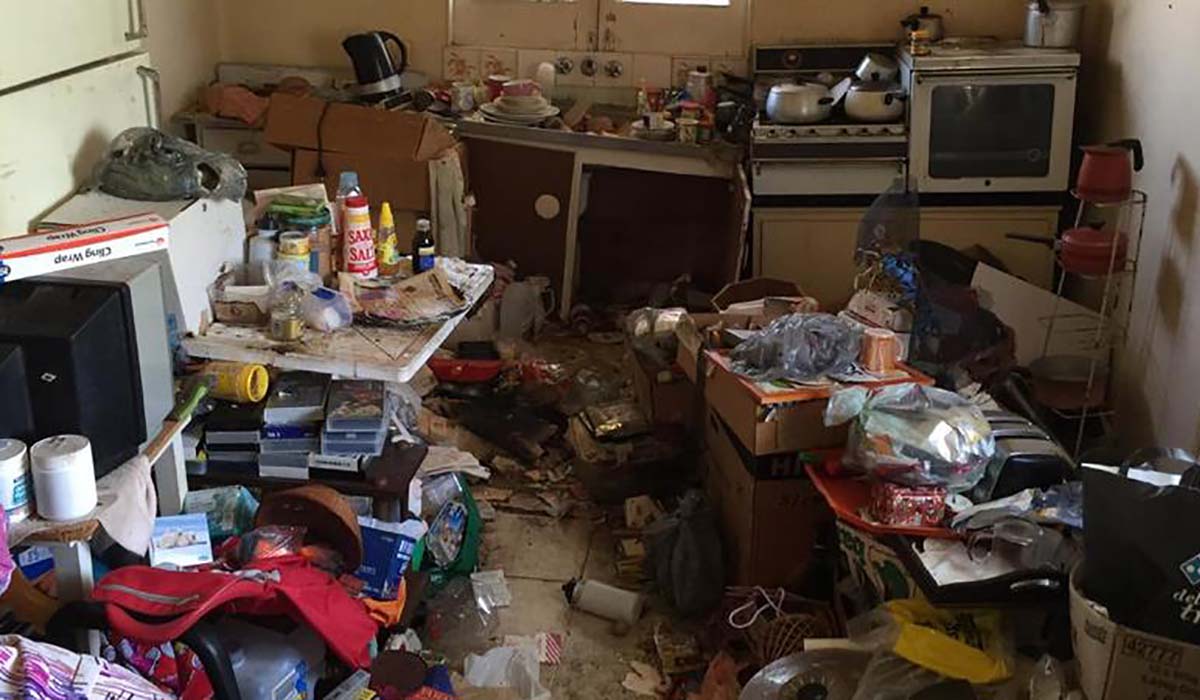What’s the difference between hoarding and squalor?
While severe hoarding is usually associated with mental health problems, this is typically not so for cases of squalor.
Depending on the situation Council has a number of tools at its disposal to help – or insist – residents clean up their act.
A Council-led working group works with specialist community, cleaning and mental health services to address hoarding issues, reports the Sydney Morning Herald.
At the other end of the scale, the Public Health Act 2005 allows councils or state governments to issue public health orders, which require the recipient to clean up or pay up, with fines reaching $15,000.
Council has issued about 100 public health orders over the past two years.
Under a $500,000 program Council can engage contractors to clean properties if residents don’t do so voluntarily. The clean-up fee is then charged back to the resident.
So where are the worst offenders in Brisbane?
Check out these #9 suburbs with multiple squalor and hoarding cases
- Brighton
- Calamvale
- Coorparoo
- Fairfield
- Graceville
- Tarragindi
- The Gap
- Tingalpa
- Windsor
Suburbs with one hoarding case each in 2016-17 include: Toowong, Acacia Ridge, Boondall, Deagon, Eight Mile Plains, Holland Park, Kedron, Kelvin Grove, Milton, Moorooka, New Farm, Tennyson, Westlake, Woolloongabba and Wynnum West.
Looking for a clean start? View our current listings for sale or check our listings for rent.
